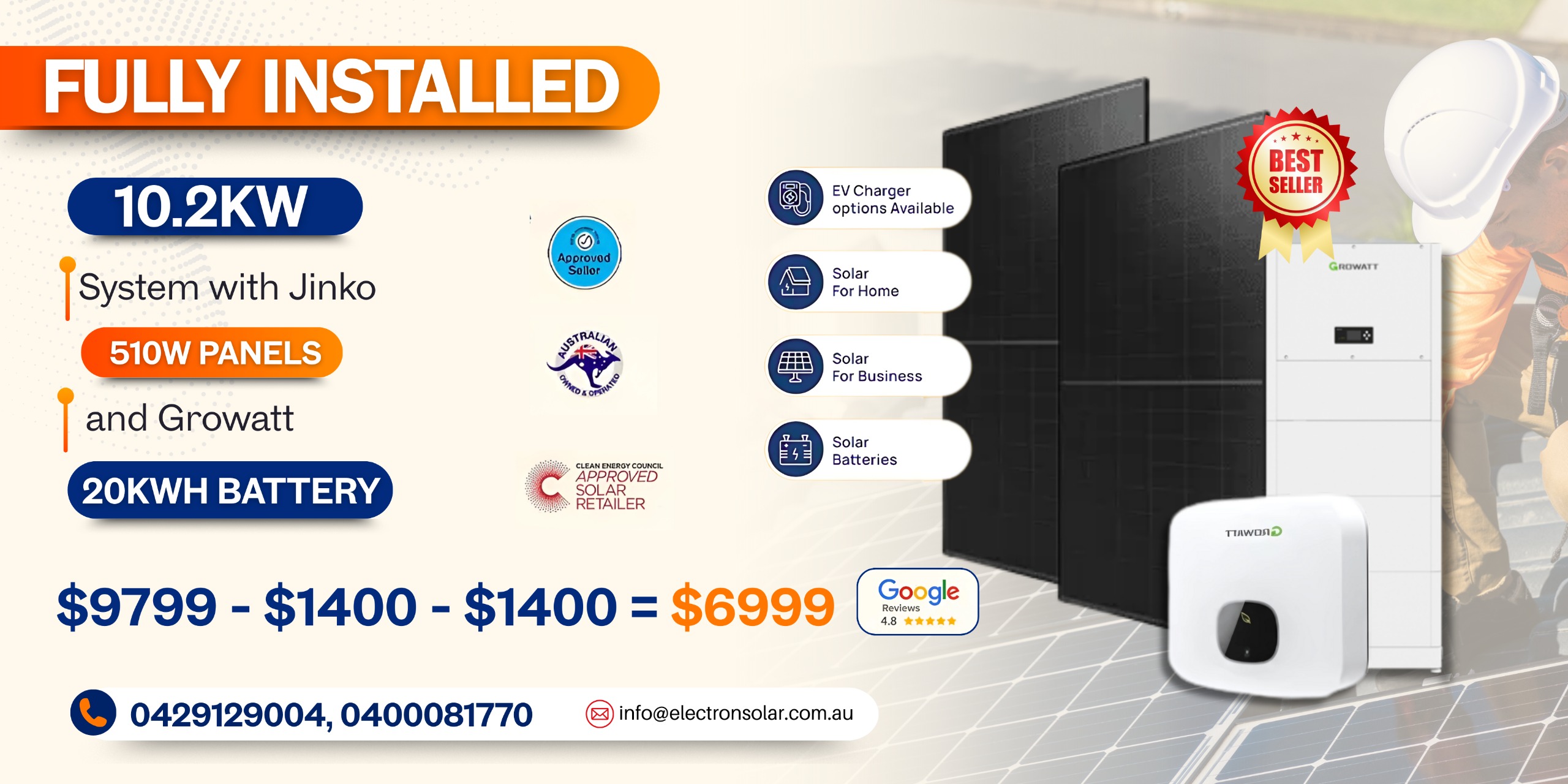How to Calculate the Right Size of Solar Battery in Melbourne Based on Feed-in Tariff and Daily Energy Usage
Battery storage technology has improved a lot in recent years. Homeowners now use solar batteries to save on electricity bills, store extra solar energy, and reduce their dependence on the power grid. Here’s how to calculate the ideal battery size for your Melbourne home.
What Is a Solar Battery?
A solar battery stores extra electricity generated by your solar panels during the day. This stored power is then used at night or on cloudy days when panels don’t produce enough energy.
What Is a Feed-in Tariff?
A feed-in tariff (FiT) is what your electricity company pays you for exporting excess solar energy to the grid. However, FiT rates are often low, so it’s usually better to use stored power instead of selling it back to the grid.
Selecting the Right Battery Size
- Daily Energy Usage: Homes with higher electricity consumption need larger batteries.
- Solar System Size: A small solar setup may not fully charge a big battery.
- Feed-in Tariff Rate: A low FiT means storing energy is more beneficial than exporting it.
How to Calculate the Right Battery Size
- Check your average daily energy usage (in kWh) from your electricity bill.
- Note your solar panel generation per day.
- Estimate how much energy you use at night.
- Select a battery that can store enough for evening and cloudy days.
Typical Battery Sizes for Homes
Most 3-bedroom homes in Melbourne use batteries between 8–15 kWh. The exact size depends on your household’s power habits and goals for energy independence.
Conclusion
Choosing the right battery size depends on your energy use, solar system capacity, and feed-in tariff. A properly sized battery helps lower bills, reduce grid reliance, and make the most of your solar system. For accurate sizing and installation, consult trusted professionals like Electron Solar.

.png)